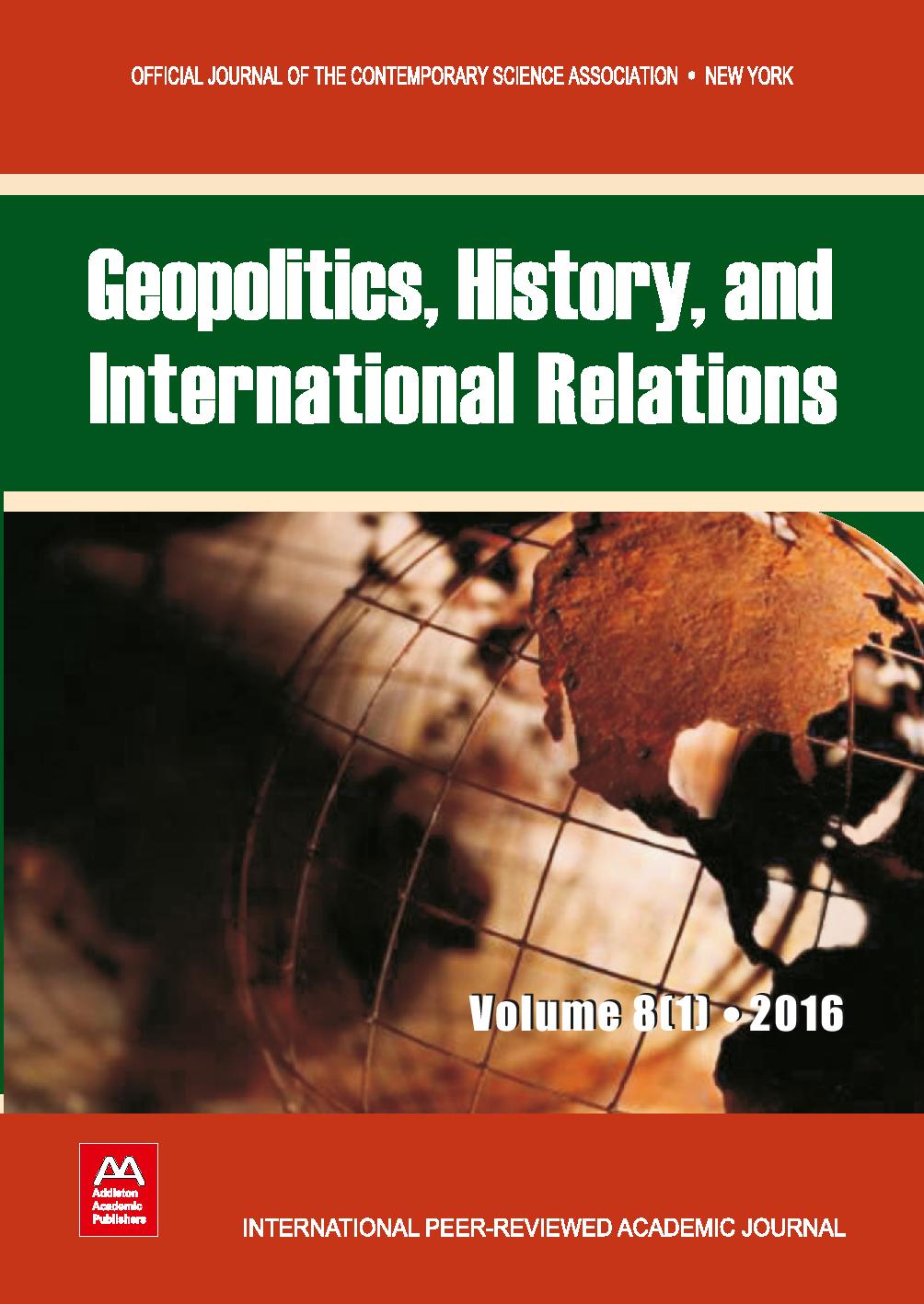A MEASURE OF NET DEPENDENCY
BETWEEN THE ECONOMIES OF THE USA
AND ITS MAJOR TRADING PARTNERS
A MEASURE OF NET DEPENDENCY
BETWEEN THE ECONOMIES OF THE USA
AND ITS MAJOR TRADING PARTNERS
Author(s): Demetri KantarelisSubject(s): Social Sciences
Published by: Addleton Academic Publishers
Keywords: international trade; economic net dependency; international relations; foreign affairs; sanctions
Summary/Abstract: How interdependent are the economies of the USA and its trading partners and how does their net dependency evolve trough time? In an attempt to answer these questions, a measure of bilateral net dependency between the USA and a trading partner nation (i) is proposed where net dependency is defined as the difference between USA’s dependency on i minus i’s dependency on the USA. Dependency between the US and a trading partner is measured as the ratio of trade between them over respective GDP plus imports from the trading partner with imports weighted by a degree of importance. Based on data available in various public sources, ranging from 2002 to 2014, USA’s net dependency between it and its top 48 trading partners was found to be negative and close to zero; the finding implies that trading nations are more dependent on the US than the US is on them. Some countries have been moving towards zero – the point of neutrality – (most notably, China, Brazil, and Singapore), while other away from zero (most notably, Mexico, Japan and Hong Kong). In an effort to explain the between and within variation exhibited by the proposed measure, two explanatory variables were considered: the Freedom Gap (FG) and the Competitiveness Gap (CG) between the USA and its trading partners. Through longitudinal analysis it was confirmed, as predicted, that USA’s net dependency depends positively and significantly on FG and negatively and significantly on CG. A declining FG and a rising CG cause average net dependency to become more negative implying that the US acquires more power over trading partners which may be used, selectively, for various policy objectives as they relate to bilateral trade policy and agreements, economic development efforts, and, if needed, to trade sanctions. pp. 113–145
Journal: Geopolitics, History, and International Relations
- Issue Year: 8/2016
- Issue No: 1
- Page Range: 113-145
- Page Count: 33
- Language: English
- Content File-PDF

